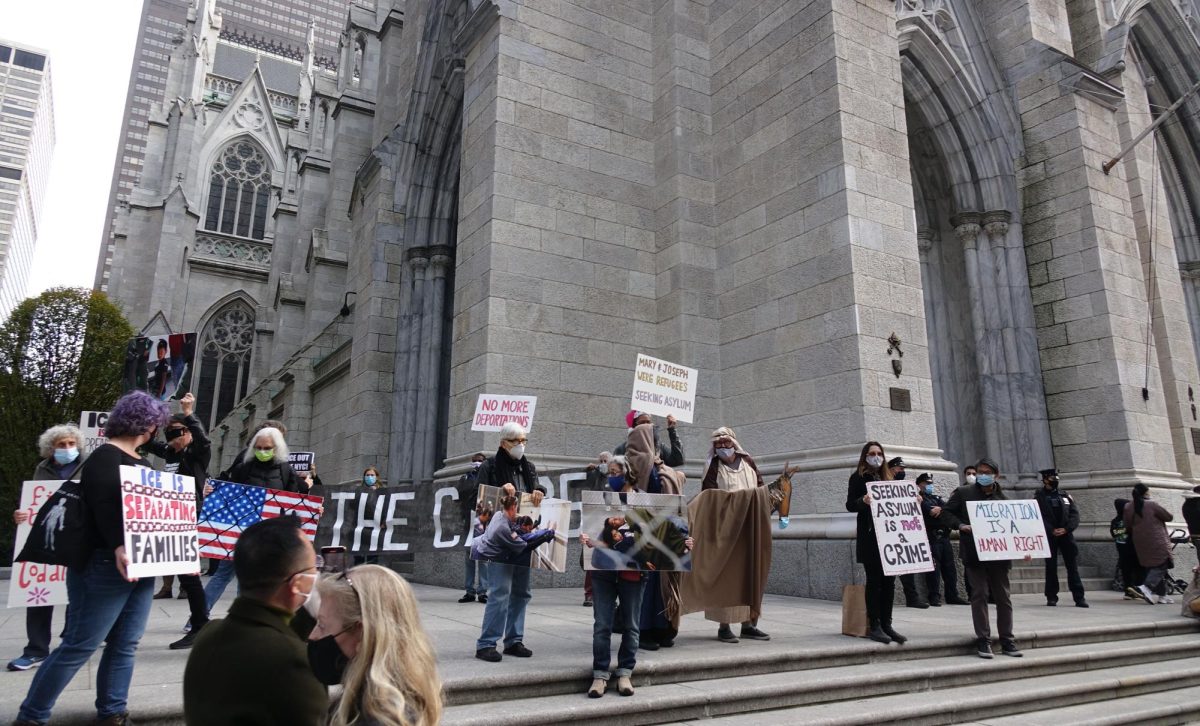Rape in India isn’t a new issue. It’s the brutality of the case of the unknown woman who died two weeks after being gang raped on a bus in New Delhi, the capital, that threw the case into the international media. Over the past 60 years, India has been rapidly developing into a country that has close ties in business to the United States and other Western countries.
Like any developing country, social culture in India has been widely influenced by the West. Music, clothing and culture are all aspects that youth and the mobile workforce in India try to adopt and imitate. To the western world, India has a strong cultural image, rich with history, art, music and religion. Yet this veil covers the ugly reality and truth of what India really can be, and for most, is.
Just by watching Bollywood movies, one can clearly see that no one respects the police force in India. It is a continuous joke in all movies because of corruption and the lack of females within the field. Security doesn’t come from having police around; it comes from the money you can put into their pockets.
The gang rape of a 23-year-old student shocked the world, not only because of the horrific attack, but by uncovering the incompetence of the Indian police force, government and overall corruption within the elite in the country. In a country that tries to compete with the modern world, the thinking of the majority of the population is still backward. Boys are still the preferred child, leading to countless abortions of females.
Discrimination starts in the womb and continues throughout a woman’s life in India. Old systems, like dowries, have been outlawed to help against discrimination, but with the lack of enforcement, they still happen. Females are still killed by their families through honor killings because of situations like rape. In a country where females are targeted in all aspects of their life, there are little choices and places to turn for help.
The rate of literacy in India is only 74 percent—way below average when compared to the countries it associates with. Of course, some states in India have excelled in raising literacy rates, and breaking down gender barriers. But as a whole, India’s problems are so deep rooted that one must wonder: can stories of rape really change a nation that has been built on gender discrimination and corruption? Within India, it’s no secret that politics are a corrupt field. A part of the problem is that the people are fully aware of the corruption, yet choose to live with it.
When I walk around India, I always am disgusted by the amount of trash that litters the streets. Most take the attitude of expecting that someone else will clean it up. Neighbors won’t pay for trash collection because they know other neighbors don’t want to. People throw trash onto the streets because others do it, which makes it okay. The streets of India have countless problems—trash, urination, harassment, beggars.
All are social problems that the government can’t deal with. Even something like cutting lines is a problem. Here in the United States, you will get called out if you dare cut a line, but in India it’s acceptable in a way, because no one has a civic sense of duty to truly change the country. The government is much more concerned about its image to the rest of the world, which makes me question if any change comes from the rape crisis, will it be real change?
Just like many social issues the U.S faces, many have come to accept the problems as the norm. Unfortunately the norm in India is so low, that one must question whether there is a way to pick it back up.












